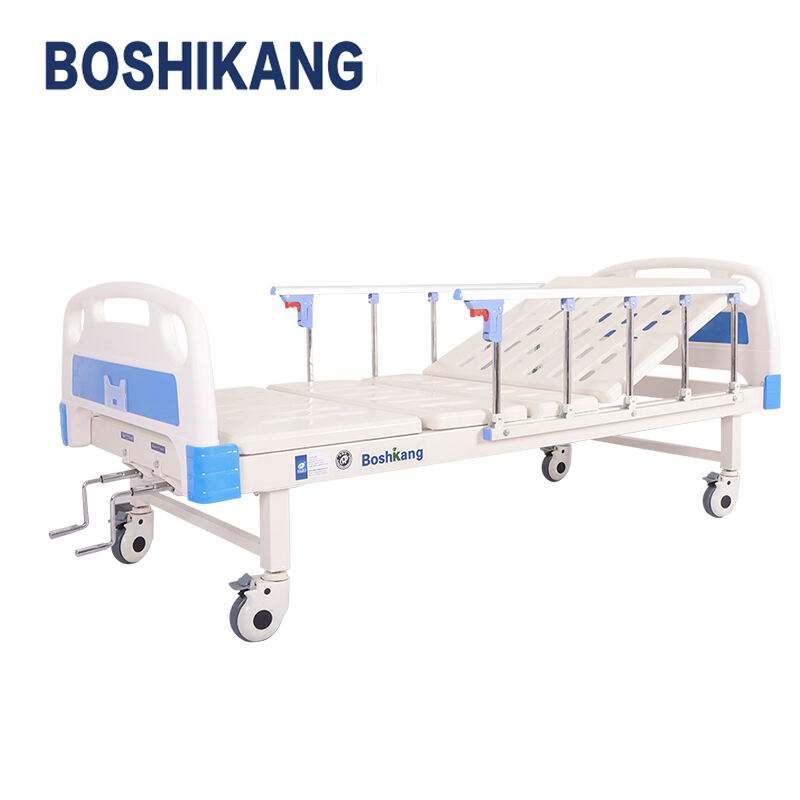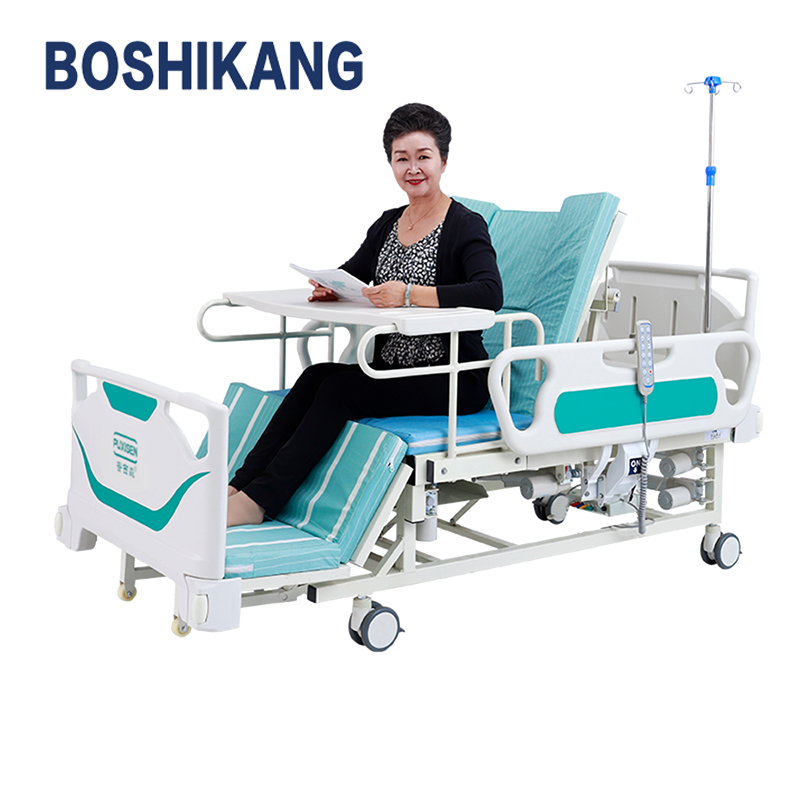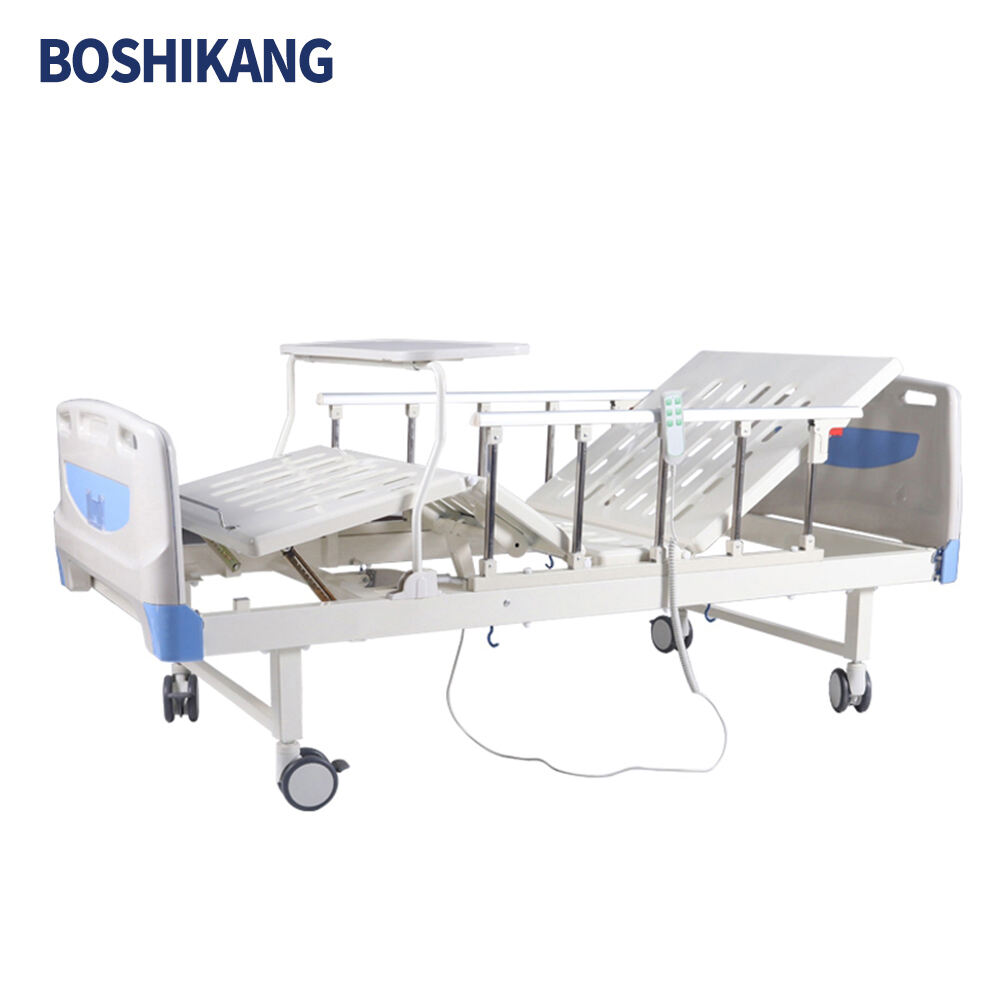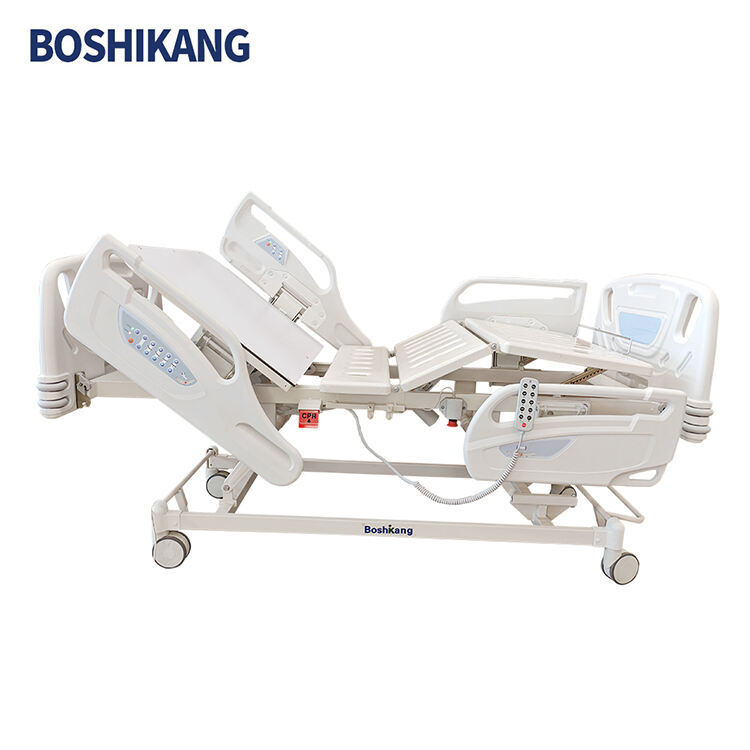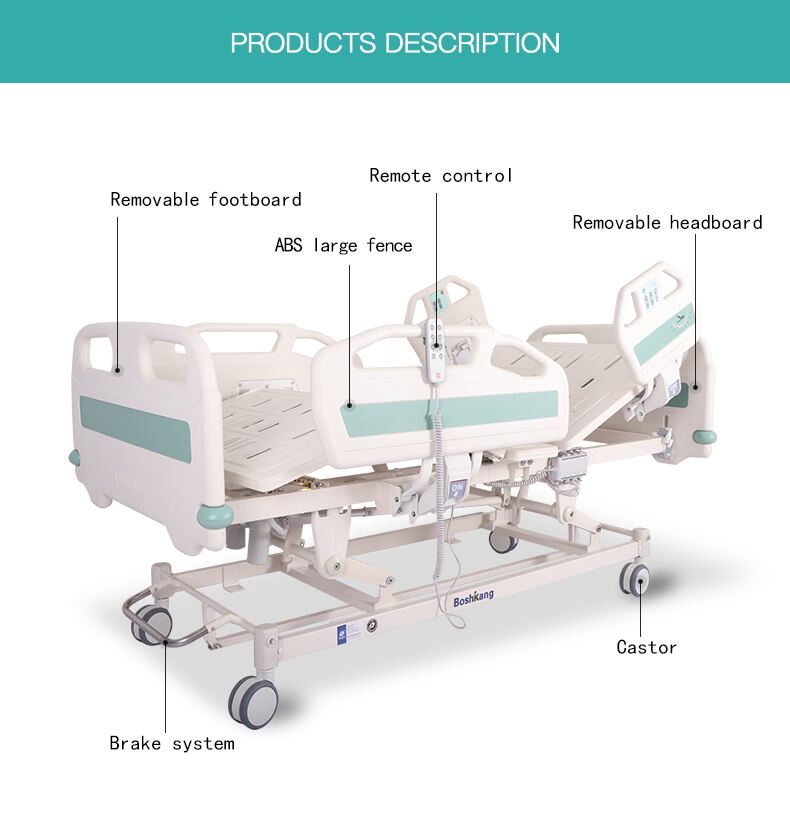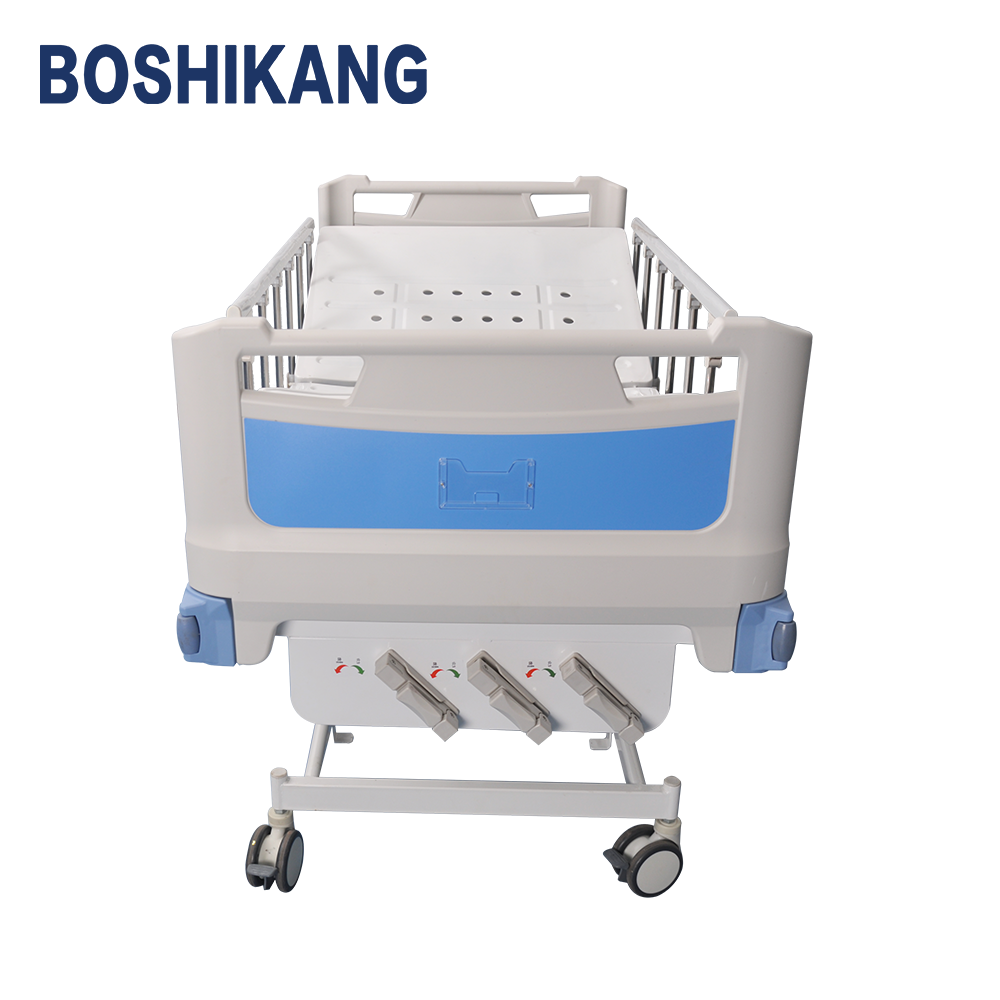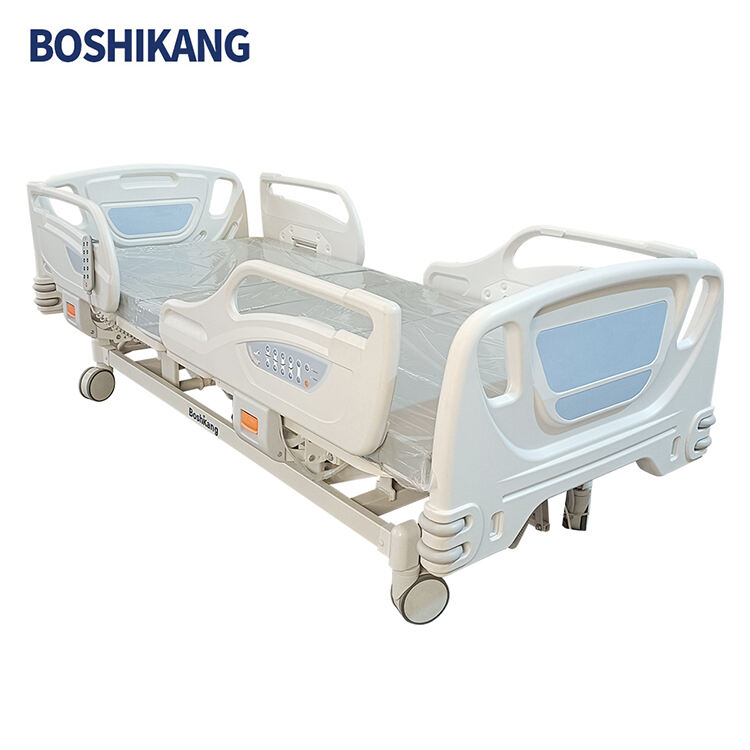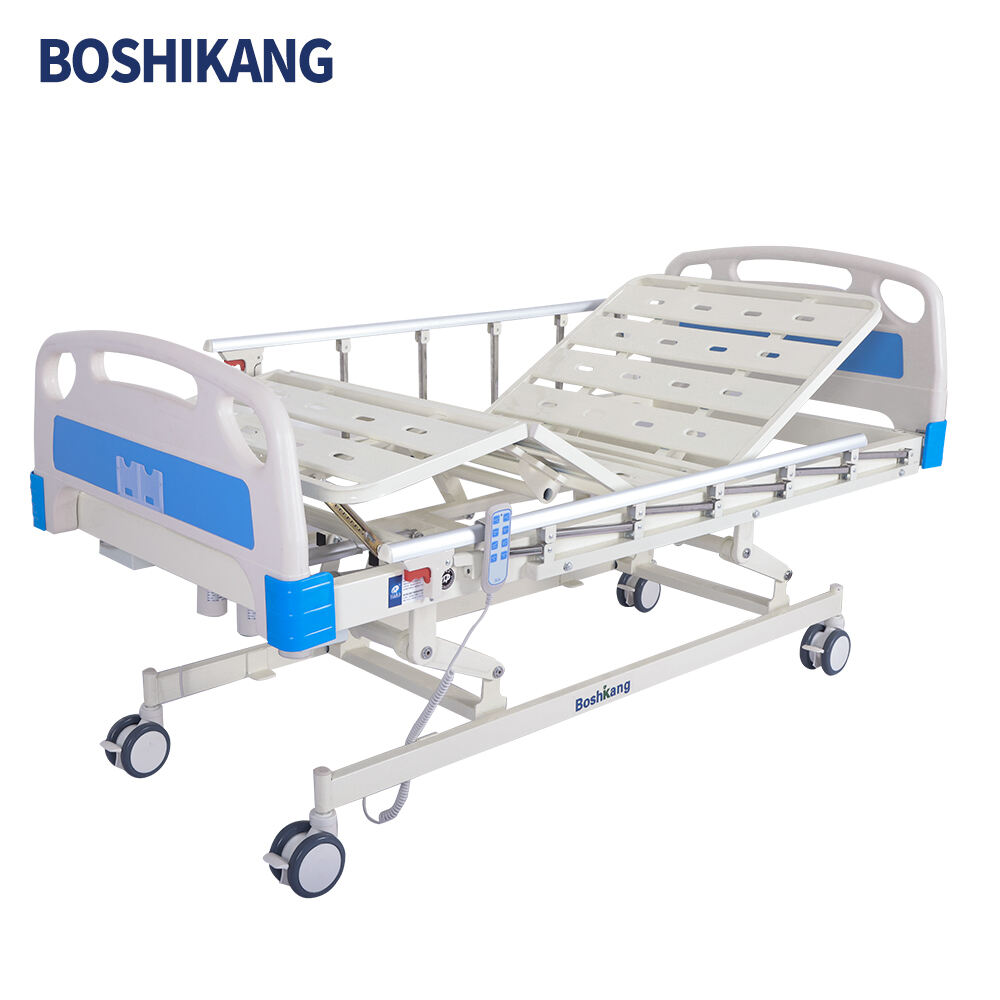emergency bed in ambulance
The emergency bed in ambulance is a crucial piece of medical equipment designed to safely transport patients while providing essential care during emergencies. This specialized stretcher combines mobility, durability, and advanced medical functionality to ensure optimal patient care during transit. Modern ambulance beds feature hydraulic lifting systems, allowing smooth height adjustments and reducing physical strain on medical personnel. The beds are equipped with secure locking mechanisms that prevent unwanted movement during transport and specialized mattresses that provide both comfort and pressure relief. Many models include integrated IV poles, oxygen tank holders, and monitoring equipment mounts, enabling continuous medical care throughout transportation. The bed's design incorporates X-ray compatible materials, allowing diagnostic procedures without patient transfer. Advanced safety features include multiple position adjustments for various medical procedures, secure patient restraint systems, and shock-absorbing components that minimize the impact of road conditions. The beds are constructed from lightweight yet robust materials, typically aluminum alloys, which combine durability with ease of maneuverability.

